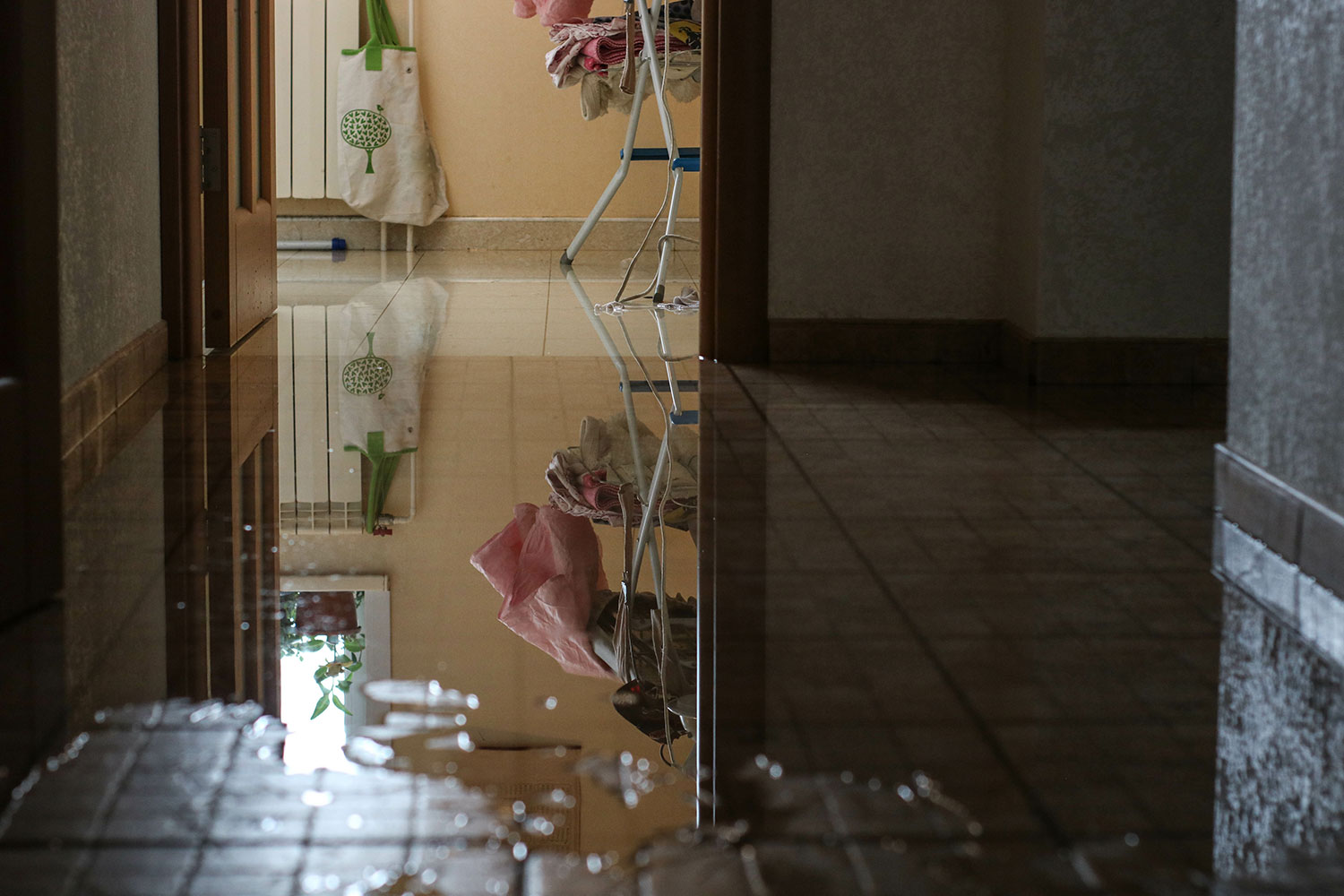This post which follows in relation to How to Repair and Prevent Bathroom Water Damage? is relatively engaging. Give it a go and draw your own assumptions.

Water damage usually takes place in the washroom as a result of the water made use of everyday. In some cases, the damage could be a little mold and mildew from the shower. Various other times, it's huge damage on your flooring. Whatever it is, it is always excellent to understand the cause and stop it before it happens.
This overview will certainly undergo some of the typical root causes of water damage in the bathroom. We will certainly also examine what you can do to prevent these causes from damaging your restroom. Allow's dive in.
These are the usual factors you would have water damage in your washrooms and just how you can spot them:
Excess Wetness
It's amazing to have that lengthy shower and sprinkle water while you hem and haw and act like you're performing, yet often these acts could trigger water damage to your restroom.
Spraying water around can trigger water to visit edges and develop molds. Enjoy how you spread excess wetness around, as well as when you do it, clean it up to stop damage.
Cracks in your wall floor tiles
Bathroom wall surface ceramic tiles have actually been particularly designed for that purpose. They secure the wall from wetness from people taking showers. Nevertheless, they are not unbreakable.
In some cases, your bathroom wall floor tiles fracture and also enable some dampness to seep into the wall surface. This could possibly damage the wall if you don't take any kind of action. If you notice a fracture on your wall surface tiles, fix it instantly. Don't wait up until it damages your wall surface.
Overflowing toilets and also sinks
As people, often we make mistakes that can trigger some water damage in the washroom. For example, leaving your sink tap on could trigger overruning and damages to other parts of the restroom with dampness.
Also, a malfunctioning toilet could trigger overflowing. For example, a broken bathroom manage or various other parts of the cistern. When this happens, it can harm the floor.
As soon as you see an overruning sink or toilet, call a plumbing technician to help manage it quickly.
Burst or Dripping Pipes
There are several pipes lugging water to different parts of your shower room. Some pipelines take water to the bathroom, the sink, the faucets, the shower, and numerous various other places. They crisscross the little location of the bathroom.
Once in a while, these pipes might obtain corroded and also burst. Other times, human action might trigger them to leak. When this occurs, you'll discover water in the corners of your shower room or on the wall.
To spot this, look out for gurgling walls, mold and mildews, or mildew. Call a professional emergency situation plumbing professional to repair this when it happens.
Roofing Leakages
In some cases, the issue of water damage to the washroom could not originate from the shower room. For instance, a roof leakage might create damages to the shower room ceiling. You can identify the damages done by considering the water spots on the ceiling.
If you discover water stains on your ceiling, inspect the roof to see if it's harmed. After that, call a specialist to aid fix the issue.
Conclusion
Water damage to your washroom can be aggravating. However, you can handle it if you protect against a few of the reasons mentioned in this guide. Call an expert emergency situation plumbing if you observe any type of extreme damage.
How to Prevent Water Damage in Your Bathroom?
Water damage repair is an expensive, meticulous, and lengthy process. Unfortunately, bathrooms are the most susceptible rooms to water damage due to toilets, showers, and sinks. Pipes and fixtures wear out over time and are not immune to damage. But all is not lost, as there are ways to prevent water damage from occurring in your bathroom.
Check Your Plumbing
Nothing lasts forever, especially pipes, which can rust and begin leaking over time. You should periodically conduct pipe inspections and pay attention for any musty smells or water stains that may indicate you need water damage repair. Here are some things to check:
Frequently test valves for your toilet, shower, and sink to ensure they are properly working. Check faucet supply lines hidden under vanities and replace when needed. Replace cracked or deteriorating caulking along sinks, tubs, and showers. If you notice a clog in your sink, call in a professional. Since you can’t check the pipes in the wall, keep an eye out for stains, drywall bubbling, musty smells, and excess moisture; if the bathroom is on a second level, check the ceiling of the room directly below for these signs. Don’t Overwork Your Toilet
One of the most common reasons bathrooms need water damage repair is due to overflowing toilets. Save yourself the hassle of cleanup by being mindful and not pushing your toilet to extreme limits. If you have young children, it is especially important to keep an eye on them when they are in the bathroom and to teach them how to avoid clogging the toilet. Here are some more tips to help prevent your toilet from overflowing:
If you have a septic tank, only use septic-safe toilet paper Do not flush anything down the toilet besides toilet paper; items like diapers and sanitary napkins will clog the piping Pay attention to your toilet’s water level: If it’s low, it could mean it is partially clogged or that there is a crack in the toilet bowl https://www.alure.com/home-improvements-blog/resources/how-to-prevent-water-damage-in-your-bathroom

We were made aware of that editorial about How to Repair and Prevent Bathroom Water Damage? through someone on our other web address. Sharing is nice. Helping others is fun. Thanks for your time. Visit again soon.
Avoid further plumbing damage; call.